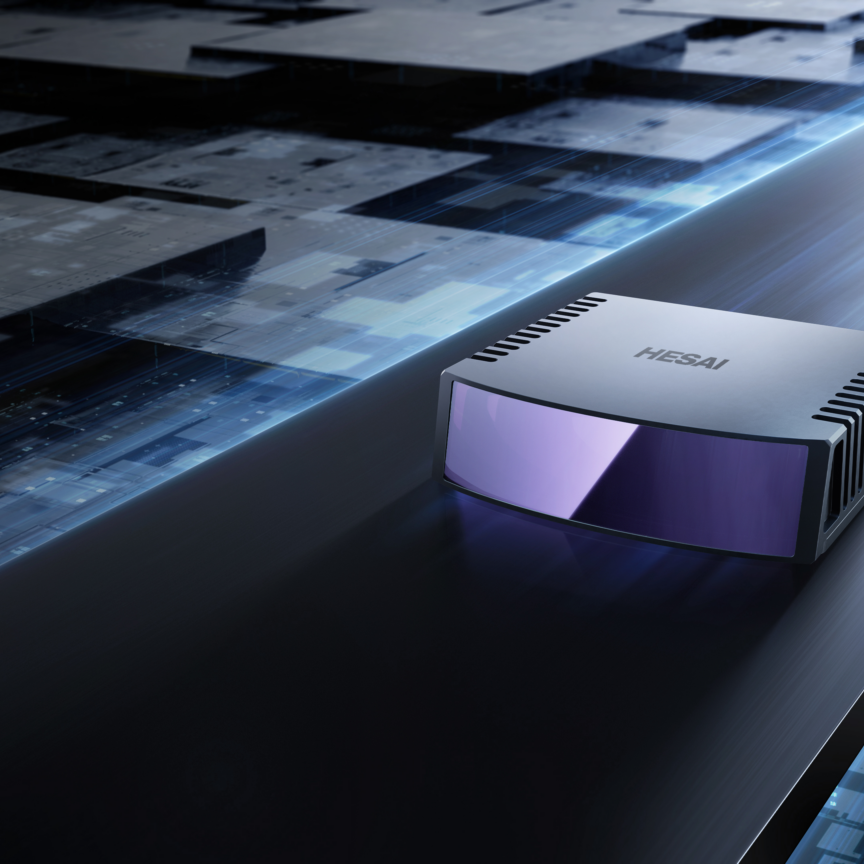Despite just three per cent growth in the volume of cars sold expected through to 2022, the average growth rate in sensors sales volumes will rise above 8 per cent during the next five years, and above 14 per cent growth in sales value, according to new research by Yole Développement. This is thanks to the expanding integration of high-value sensing modules like radar, imaging and lidar, the analysis found.
The current automotive sensing market - which groups MEMS and classic active sensors such as pressure, inertial, magnetic, imaging, radar and lidar - is expected to grow from $11 billion in 2016 to $23 billion by 2022. 'This is mainly due to the boom in imaging, radar and lidar sensors, which will respectively be worth $7.7 billion, $6.2 billion and $1.4 billion by 2022,' said Guillaume Girardin, technology and market analyst at Yole.
Thanks to the emergence of electric and autonomous cars, the automotive world is experiencing one of the fastest-changing eras in its evolution.
Among all sensing technologies located in the car, three main technologies will drastically change the landscape, according to Yole's research: imaging, radar and lidar sensors.
Analysts state that lidar remains the 'Holy Grail' for most automotive players, and is set to transform the transportation industry. New companies like Velodyne, Quanergy, SensL and Leddartech are racing against giant automotive suppliers like Continental and Valeo to commercialise reliable and affordable lidar solutions that can answer automotive requirements.
The automotive market is anticipated to make up more than 30 per cent of the overall lidar market over the next five years, which is set to be grow from $300 million in 2017 to $4.4 billion in 2022.
Imaging sensors were initially mounted for advanced driver-assistance systems (ADAS) purposes in high-end vehicles, with deep learning image analysis techniques promoting early adoption. It is now a well-established fact that vision-based autonomous emergency braking (AEB) is possible and saves lives. Adoption of forward ADAS cameras will therefore accelerate.
Growth of imaging for automotive is also being fueled by the park assist application, with 360° surround view camera volumes experiencing significant growth. While it is becoming mandatory in the US to have a rear view camera, that uptake is dwarfed by 360° surround view cameras, which enable a 'bird’s eye view' perspective. This trend is most beneficial to companies like Omnivision at sensor level and Panasonic and Valeo, which have become the main manufacturers of automotive cameras.
Radar sensors, which are often wrongly seen as competitors of imaging and lidar sensors, are increasingly adopted in high-end vehicles. They are also diffusing into mid-price cars for blind spot detection and adaptive cruise control, pushing Level 2/3 features as a common experience.
Yole's report, titled 'MEMS & Sensors for Automotive', gives an overview of the different sensors involved in autonomous systems. It also describes the applications, technologies and players associated with the automotive sensors market’s impending changes. This analysis includes detailed roadmaps and market forecasts until 2022.
Related stories
Automotive lidar firms receive investment boost

